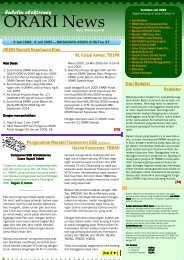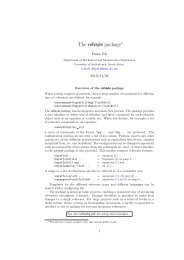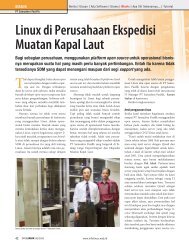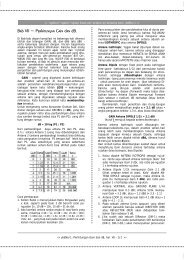Create successful ePaper yourself
Turn your PDF publications into a flip-book with our unique Google optimized e-Paper software.
Figure 38. Triode protection chart. This chart indicates the<br />
location of a suitable relay which should act to<br />
remove the principal supply voltage from the stage<br />
or transmitter to prevent damage to the tube or<br />
transmitter.<br />
3.10 KEYING<br />
The tetrode and pentode power amplifier can be keyed using<br />
the same basic principles employed with any power amplifier. In<br />
addition, the screen electrode provides another low power circuit<br />
where keying can be introduced. Suitable filters must be used so<br />
that the make and break is slow enough to avoid high frequency<br />
sidebands known as “key clicks.” The usual “key click” filter<br />
techniques apply.<br />
There are several good methods of controlling the tetrode and<br />
pentode r-f power amplifier when exciter keying is used. With the<br />
screen voltage fixed and with fixed bias greater than cutoff, the<br />
tube will pass no current when the excitation is removed. A low or<br />
medium- µ triode amplifier can be keyed in the same manner. With<br />
the high-µ (zero bias) triodes, it is even simpler. When the drive<br />
is removed, the anode current falls to the normal, safe quiescent<br />
anode current.<br />
It is also possible to key the exciter stage when the screen voltage<br />
63
















